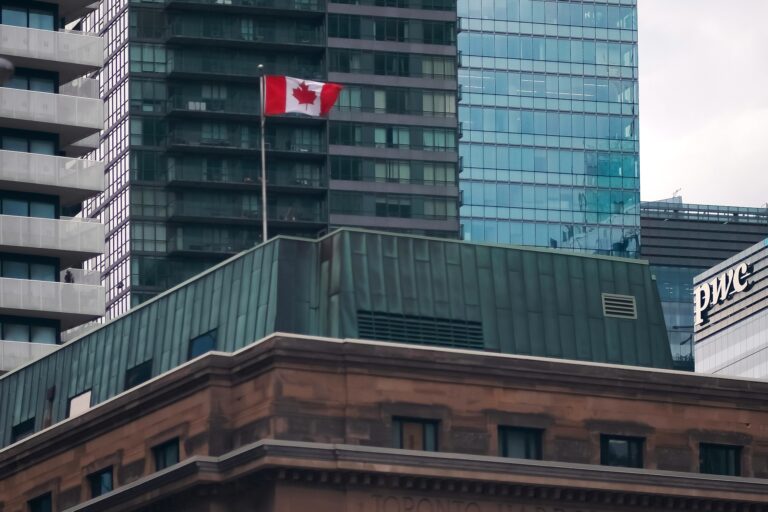Canada is bleeding capital at the fastest rate since the Financial Crisis. Statistics Canada’s (Stat Can) latest data shows foreign investors pulled billions from the country in Q2, with domestic investors joining the exodus. This goes beyond tariffs—the sheer scale and pace of outflows point to deeper structural cracks and fading confidence in the country’s future.
Canada Hasn’t Seen Foreign Capital Flight At This Pace Since The Financial Crisis
Canada’s global investment appeal suffered its biggest setback since the Financial Crisis. Foreign investors sold off $16.8B in Canadian securities in Q2—the largest divestment since Q4 2007. The pullback was primarily in bonds (-$10.3 billion), but substantial withdrawals were also seen in money market instruments (-$3.6B) and equities & fund shares (-$3.0B). This follows a $5.8B divestment in Q1, making $22.65B withdrawn to date. The days of Canada being viewed as a safe haven during volatile times may be coming to an end, and this can have a big impact on households.
Less foreign capital means a weaker loonie, eroding confidence and pushing borrowing costs higher. When investors dump bonds, prices fall and yields rise—driving up fixed mortgage rates, especially if Ottawa floods the market with debt into weak demand.
Canadian Capital Flight Triples With Domestic Firms
The damage isn’t just limited to foreigners but domestic firms are also sending capital abroad. Canadian firms sent $26.8B abroad in Q2, up from $7.4B in Q1, with roughly half the capital going to the United States.
Meanwhile, foreign direct investment (FDI)—foreign investment made into Canadian businesses—is plunging. FDI into Canada fell 39%, from $30.2B to just $18.5B in Q2, with more than half coming from the US. The declines can mean slower job growth, less business expansion, and weaker economic momentum. It’s a clear vote of non-confidence in Canada’s business climate.
Canadian Investors Ramp Up Foreign Security Purchases, Especially US Stocks
Canadian businesses aren’t alone in seeking higher growth abroad—so are investors. Canadian investors scooped up another $26.8B in foreign securities in Q2. Foreign equities (+$19.7B) represented the lion’s share of the purchases, which were mostly American stocks. Apparently, Canada’s best growth prospects are on Wall Street.
Canada’s Capital Flight Crisis: Record Exit By Foreign & Domestic Investors
Canadian net portfolio change: The net change of foreign investment into Canada and capital Canadians invest abroad.
Source: Statistics Canada; Better Dwelling.
The capital flight contributed to a mind-boggling $43.7B net portfolio outflow in Q2 alone. Imagine an amount equivalent to the federal government’s entire 2024 infrastructure budget leaving the country in just one quarter. This isn’t a blip—it’s a warning. And ignoring it will only deepen the consequences.
The scale of capital flight implies there are structural issues, not just one driven by US tariffs. The capital exits aren’t just passive but active redeployment abroad. Weak domestic investment and a shift in perceived global attractiveness signal investors and firms see better returns—and lower risk—outside of Canada. It’s not just a capital flight, but a flight of confidence. Confidence built over decades can take a generation to rebuild if the damage isn’t addressed.
